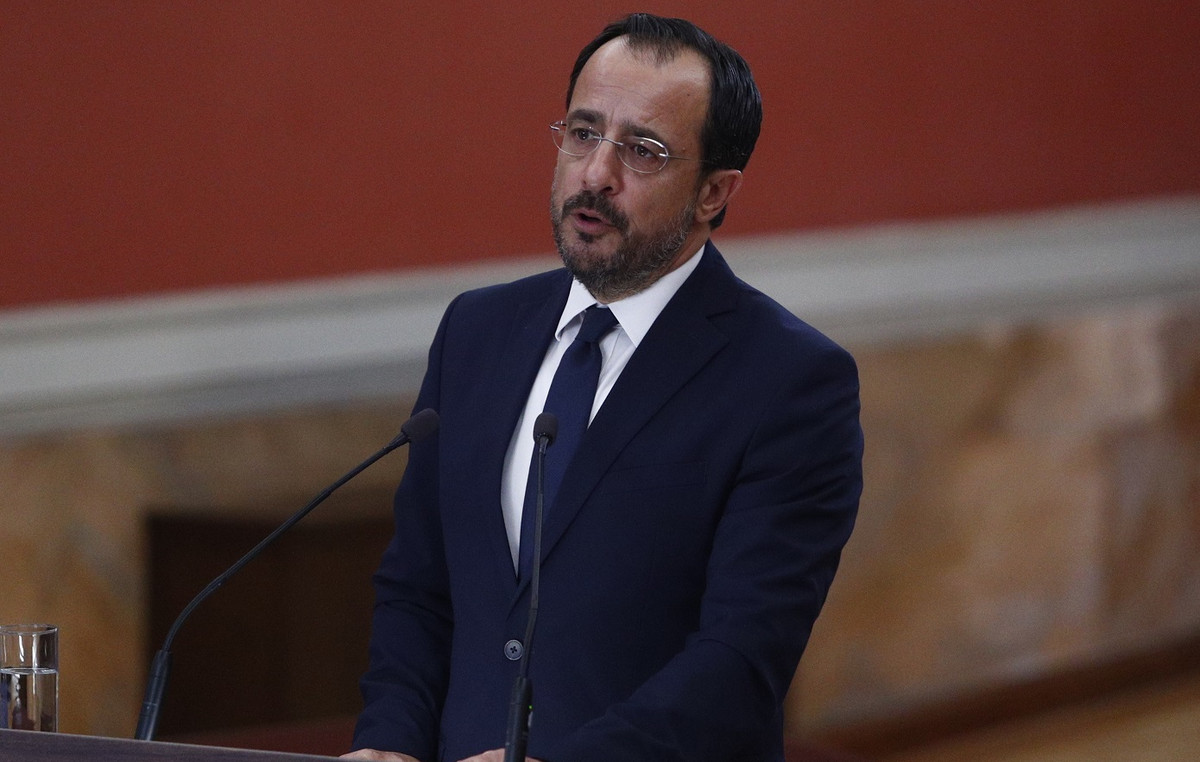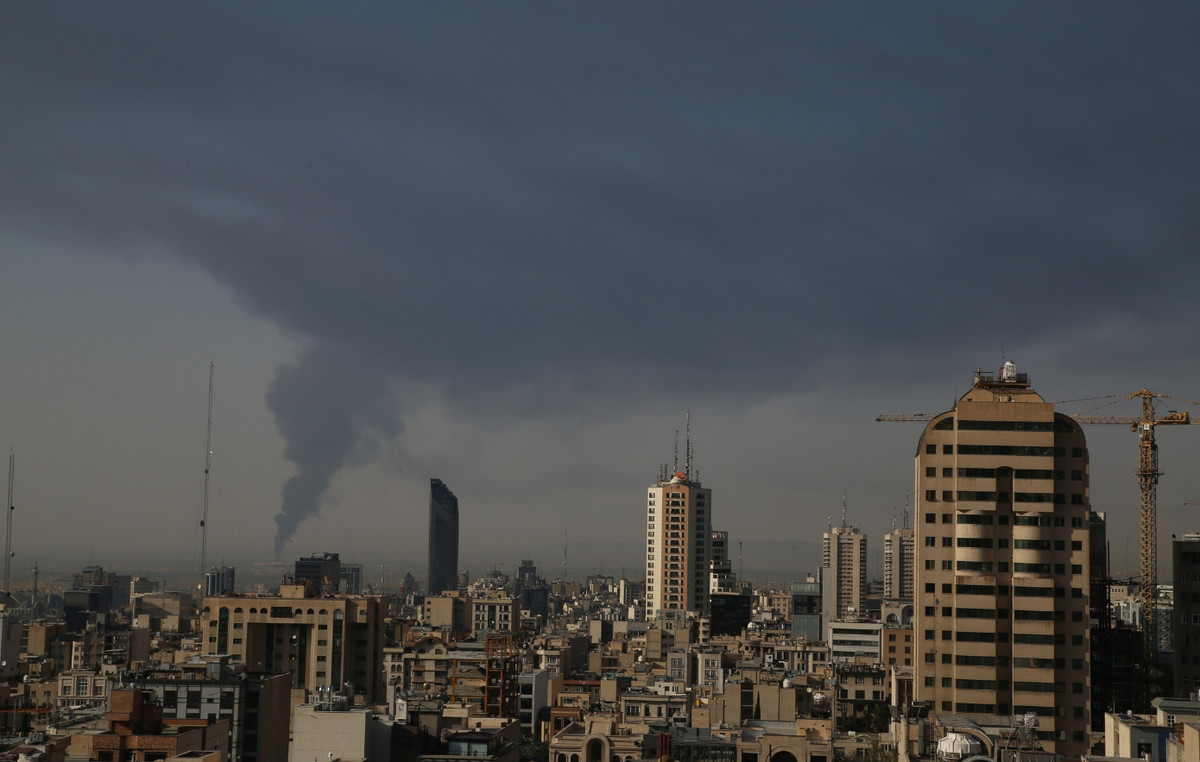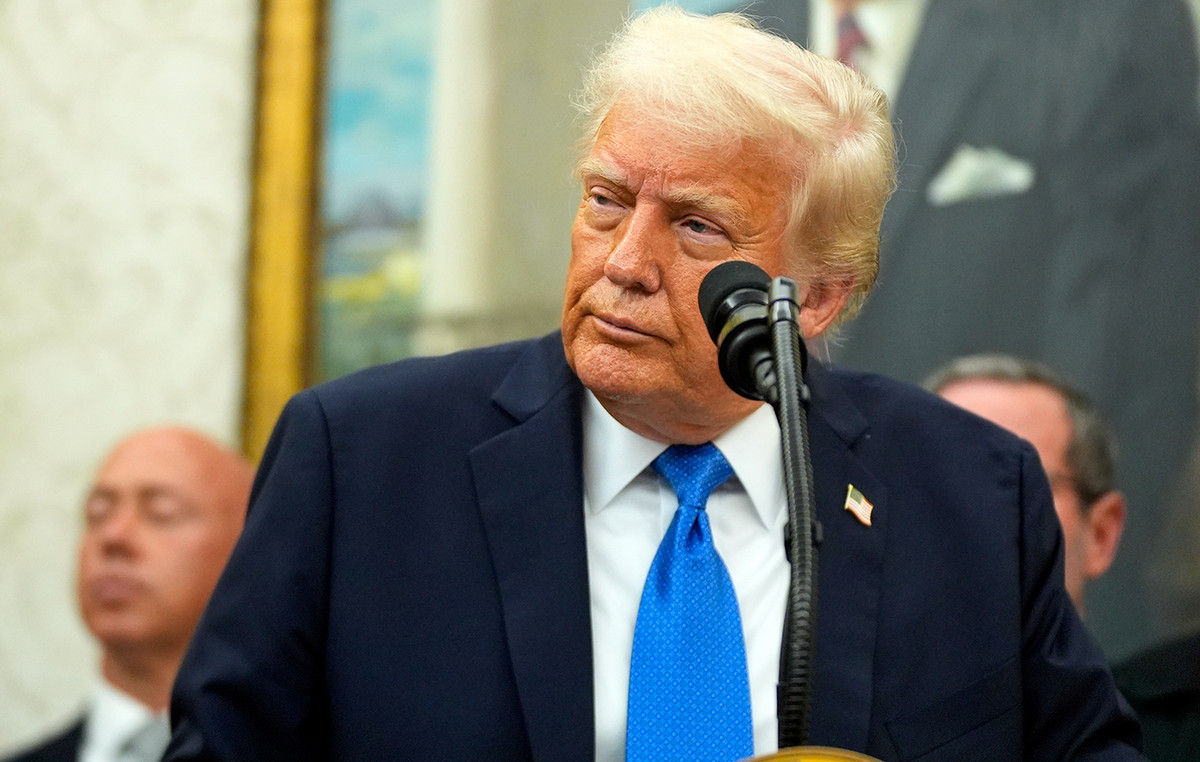- The WTI crude is quoted around $ 61,50, supported by the de -escalation of the commercial conflict between the EU and the US.
- The concerns that OPEC+ increase oil production from July are limiting profits.
- Technical indicators show a clear lack of impulse.
Oil prices remain comfortably above $ 61.30, supported by the decision of US President Trump to suspend tariffs on eurozone imports until July 9 and for the growing tensions in Gaza, but concerns about the excess supply are limiting the profits.
Trump retracted Friday’s threat of imposing 50% tariffs on EU imports from next week, after a telephone call with the president of the European Commission, Ursula von der Leyen. The market has received the news with pleasure, since a commercial conflict between the US and the EU would significantly reduce global growth and limit the expectations of oil demand.
In the Geopolitical Front, Israel continues to bombard a devastated Gaza Strip. A recent report speaks of an attack on a school that killed 36 people, many of them children. This news increases tensions in the area, which, together with the lack of advances in the US negotiations. With Iran, they are preventing oil prices from falling more.
The highest offer expectations keep attempts upward
From a broader perspective, however, WTI prices continue to move within the range of the last three weeks, 25% below the maximum of January. OPEC+ will meet next week, and the market fears a decision to increase production by 411 million barrels per day, which, in times of global commercial uncertainty, could lead to excess oil.
From a technical perspective, the daily chart shows a bullish wrapping candle on Friday, which is a positive signal, but the RSI remains plane around level 50, highlighting a clear lack of impulse. Intradía graphics are slightly positive but lack strength.
The resistances are $ 62.00 and $ 63.45. Below $ 61.30, the following support is the psychological level of $ 60.00.
WTI oil daily graphics

WTI FAQS oil
WTI oil is a type of crude oil that is sold in international markets. WTI are the acronym of West Texas Intermediate, one of the three main types that include the Brent and Dubai’s crude. The WTI is also known as “light” and “sweet” by its relatively low gravity and sulfur content, respectively. It is considered high quality oil that is easily refined. It is obtained in the United States and is distributed through the Cushing Center, considered “the crossing of the world.” It is a reference for the oil market and the price of WTI is frequently traded in the media.
Like all assets, supply and demand are the main factors that determine the price of WTI oil. As such, global growth can be a driver of the increase in demand and vice versa in the case of weak global growth. Political instability, wars and sanctions can alter the offer and have an impact on prices. OPEC decisions, a group of large oil -producing countries, is another key price factor. The value of the US dollar influences the price of WTI crude oil, since oil is mainly traded in US dollars, so a weaker dollar can make oil more affordable and vice versa.
Weekly reports on oil inventories published by the American Petroleum Institute (API) and the Energy Information Agency (EIA) influence the price of WTI oil. Changes in inventories reflect the fluctuation of supply and demand. If the data show a decrease in inventories, it can indicate an increase in demand, which would raise the price of oil. An increase in inventories may reflect an increase in supply, which makes prices lower. The API report is published every Tuesday and that of the EIA the next day. Their results are usually similar, with a 1% difference between them 75% of the time. EIA data is considered more reliable, since it is a government agency.
The OPEC (Organization of Petroleum Exporting Countries) is a group of 13 nations oil producing that collectively decide the production quotas of member countries in biannual meetings. Their decisions usually influence WTI oil prices. When OPEC decides to reduce fees, it can restrict the supply and raise oil prices. When OPEC increases production, the opposite effect occurs. The OPEC+ is an expanded group that includes another ten non -members of the OPEC, among which Russia stands out.
Source: Fx Street
I am Joshua Winder, a senior-level journalist and editor at World Stock Market. I specialize in covering news related to the stock market and economic trends. With more than 8 years of experience in this field, I have become an expert in financial reporting.







